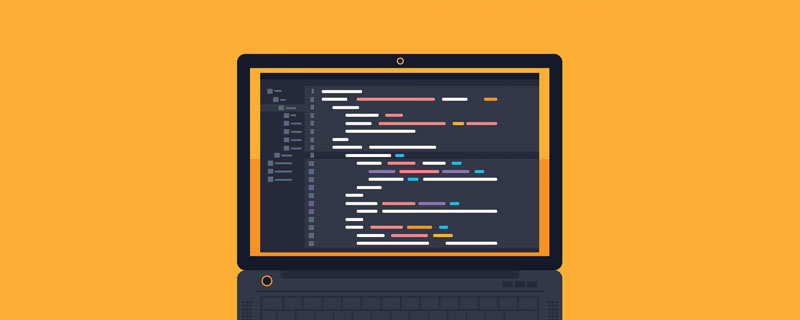HTML 還有另一種類型的元素,稱為內聯塊元素。它只是由定義的元素所呼叫的每個標籤所佔據和界定的空間,而不是破壞 HTML 內容流。區塊級元素的特徵主要是我們認為的
HTML Inline-Block 語法
基本文法如下:
文法:
<p><span> ---some html codes ---</span> </p>
以上程式碼是在html中編寫內聯塊元素的基本語法。我們在下面使用了一些預先定義的內聯塊元素集。
以上標籤主要是根據使用者需求在html中預先定義的html內嵌元素;我們將重點放在 html 內嵌區塊元素中的標記。我們都知道區塊級元素總是開始一個新行並佔據給定變數的完整寬度,但內聯元素不會開始一個新行。此外,與區塊級元素相比,它需要的寬度更小,但有必要在 html 內聯元素中聲明寬度。內聯元素將在段落元素的內部聲明。 元素通常在容器中用作一些文本,並且沒有特定的必需屬性,但給定的 css 樣式、類別和 id 在 時是常見的。 element 在文字的某些樣式部分與 css 一起使用。
如何建立 HTML 內聯塊?
- 如同先前文章所討論的,我們在區塊級元素中建立了 HTML 內嵌塊元素。 HTML 元素僅需要使用者指派給定的必要空間,並且彼此相鄰地出現在 HTML 標籤的同一行上。我們無法控制 HTML 元素的高度和寬度;這是內嵌元素的屬性。
- 名為 display: inline 的 CSS 樣式屬性在需要時會忽略內邊距和邊距設定;它將允許 HTML 中的填滿和邊距值。它僅包含內聯元素,並藉助 display: inline 等設定使區塊元素顯示在一行中。 如果您不想最小化 HTML 程式碼,我們可以使用 CSS 樣式將 div 標籤設定為 50% 寬度。這是內聯塊元素的 CSS 解決方案。
- 有時我們可以使用空格:no-wrap 是父容器;它將允許按照我們的預期在每個div 內聯區塊中顯示的標籤,而不將div 連結在一起也稱為嵌套div 標籤。我們已經討論了一些內聯塊元素,這些元素將用於在 CSS 樣式的幫助下建立佈局。
- 假設我們在 HTML 中使用兩個 div 標籤,並透過 CSS 樣式中的 inline-block 元素設定來顯示。我們可以將每個標籤的寬度設定為 50%,但第二個 div 標籤比第一個 div 標籤低。
代碼:
section { background: green; box-sizing: border-box; padding: 150px; } div { box-sizing: border-box; display: inline-block; height: 100px; padding: 54px; text-align: center; width: 53%; } .green { background: lightgreen; } .black { background: black; } <span style="border: 2px lightgreen"> </span> <section> <div class="green">Width: 40%</div> <div class="black">Width: 60%</div> </section>上述程式碼說明:在上面的程式碼中,我們設定了兩個div標籤的寬度;每個都是 50%,顯示屬性是 inline-block。預期輸出會有所不同,因為兩個 div 標籤的寬度為 50%,因此任何標籤值都會變更為 51% 或 49%。儘管如此,這並不是一個好的做法,而且對於 HTML 元素空間來說也不夠;它至少需要 50%,因為內聯元素尊重 HTML 中兩個 div 標籤之間的字間距。
We can also use some borders and padding styles in the HTML div tags; it will highlight the web pages more effectively. We use
tag called block-level elements for the above codes. We use the tag as the inline element tag; we will use some contents inside the tags that will be required on the web page. Examples to Implement in Inline-Block
We will discuss the below examples.
Example #1
Code:
<p>Sample <span style="border:3px green">Welcome</span>To my domain</p> <p>Welcome to My Domain</p>
Output:

Example #2
Code:
<style> span.first { display: inline; width: 150px; height: 120px; padding: 8px; border: 3px blue; background-color: green; } span.second { display: inline-block; width: 140px; height: 110px; padding: 7px; border: 3px blue; background-color: green; } span.third { display: block; width: 103px; height: 110px; padding: 6px; border: 2px yellow; background-color: black; } </style> <div> Welcome to My Domain <span class="first">Welcome</span> <div> <div> Same Same <span class="second">Same Same</span> <div> <div> Welcome to My Domain <span class="third">Welcome</span> <div> <p><strong>Output:</strong></p> <p><img src="/static/imghwm/default1.png" data-src="https://img.php.cn/upload/article/000/000/000/172543794134319.png?x-oss-process=image/resize,p_40" class="lazy" alt="HTML 內嵌區塊" ></p> <h4 id="Example">Example #3</h4> <p><strong>Code:</strong></p> <pre class="brush:php;toolbar:false"> <style> .first { float:center; display: inline; width: 150px; height: 120px; padding: 8px; border: 3px blue; background-color: green; } .1{ clear:center; } </style> <div class="first"> <marquee> Welcome to My Domain</marquee> </div>Output:

Explanation of the above code: The first example will discuss the essential inline element called tag that will use for the web page; the second example will use span in the CSS style, and the same will be called in the tag in body sections each of the CSS styles will be defined in each span third example we will use some text values in the box-limit areas in the inline-block element features.
Conclusion
In Conclusion, partly based on the above topics, we have some ideas about inline-block elements in Html. We use both tag elements for their dependencies and features in user areas. However, IE and other browser versions may or may not support some tags.
以上是HTML 內嵌區塊的詳細內容。更多資訊請關注PHP中文網其他相關文章!
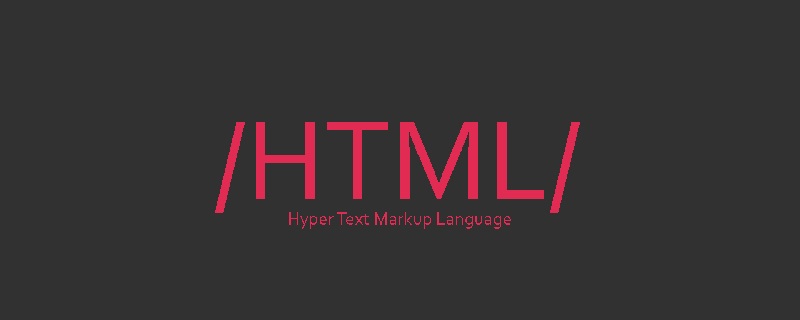 HTML超文本标记语言--超在那里?(文档分析)Aug 02, 2022 pm 06:04 PM
HTML超文本标记语言--超在那里?(文档分析)Aug 02, 2022 pm 06:04 PM本篇文章带大家了解一下HTML(超文本标记语言),介绍一下HTML的本质,HTML文档的结构、HTML文档的基本标签和图像标签、列表、表格标签、媒体元素、表单,希望对大家有所帮助!
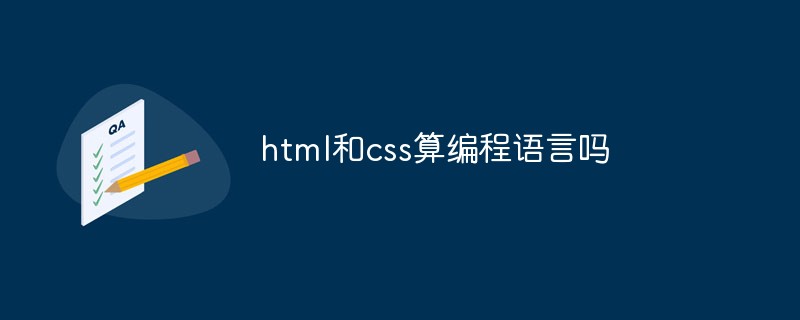 html和css算编程语言吗Sep 21, 2022 pm 04:09 PM
html和css算编程语言吗Sep 21, 2022 pm 04:09 PM不算。html是一种用来告知浏览器如何组织页面的标记语言,而CSS是一种用来表现HTML或XML等文件样式的样式设计语言;html和css不具备很强的逻辑性和流程控制功能,缺乏灵活性,且html和css不能按照人类的设计对一件工作进行重复的循环,直至得到让人类满意的答案。
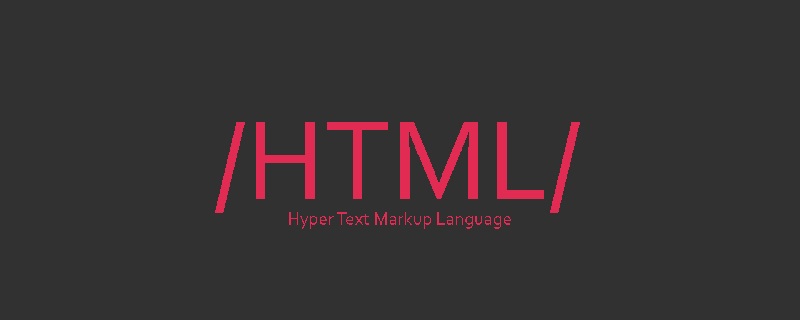 web前端笔试题库之HTML篇Apr 21, 2022 am 11:56 AM
web前端笔试题库之HTML篇Apr 21, 2022 am 11:56 AM总结了一些web前端面试(笔试)题分享给大家,本篇文章就先给大家分享HTML部分的笔试题(附答案),大家可以自己做做,看看能答对几个!
 HTML5中画布标签是什么May 18, 2022 pm 04:55 PM
HTML5中画布标签是什么May 18, 2022 pm 04:55 PMHTML5中画布标签是“<canvas>”。canvas标签用于图形的绘制,它只是一个矩形的图形容器,绘制图形必须通过脚本(通常是JavaScript)来完成;开发者可利用多种js方法来在canvas中绘制路径、盒、圆、字符以及添加图像等。
 html5废弃了哪个列表标签Jun 01, 2022 pm 06:32 PM
html5废弃了哪个列表标签Jun 01, 2022 pm 06:32 PMhtml5废弃了dir列表标签。dir标签被用来定义目录列表,一般和li标签配合使用,在dir标签对中通过li标签来设置列表项,语法“<dir><li>列表项值</li>...</dir>”。HTML5已经不支持dir,可使用ul标签取代。
 html中document是什么Jun 17, 2022 pm 04:18 PM
html中document是什么Jun 17, 2022 pm 04:18 PM在html中,document是文档对象的意思,代表浏览器窗口的文档;document对象是window对象的子对象,所以可通过“window.document”属性对其进行访问,每个载入浏览器的HTML文档都会成为Document对象。
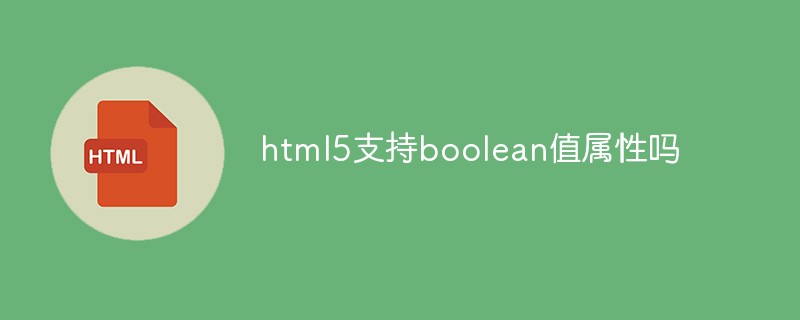 html5支持boolean值属性吗Apr 22, 2022 pm 04:56 PM
html5支持boolean值属性吗Apr 22, 2022 pm 04:56 PMhtml5支持boolean值属性;boolean值属性指是属性值为true或者false的属性,如input元素中的disabled属性,不使用该属性表示值为flase,不禁用元素,使用该属性可以不设置属性值表示值为true,禁用元素。


熱AI工具

Undresser.AI Undress
人工智慧驅動的應用程序,用於創建逼真的裸體照片

AI Clothes Remover
用於從照片中去除衣服的線上人工智慧工具。

Undress AI Tool
免費脫衣圖片

Clothoff.io
AI脫衣器

AI Hentai Generator
免費產生 AI 無盡。

熱門文章

熱工具

Dreamweaver Mac版
視覺化網頁開發工具

SublimeText3漢化版
中文版,非常好用

SublimeText3 Mac版
神級程式碼編輯軟體(SublimeText3)

SublimeText3 英文版
推薦:為Win版本,支援程式碼提示!

DVWA
Damn Vulnerable Web App (DVWA) 是一個PHP/MySQL的Web應用程序,非常容易受到攻擊。它的主要目標是成為安全專業人員在合法環境中測試自己的技能和工具的輔助工具,幫助Web開發人員更好地理解保護網路應用程式的過程,並幫助教師/學生在課堂環境中教授/學習Web應用程式安全性。 DVWA的目標是透過簡單直接的介面練習一些最常見的Web漏洞,難度各不相同。請注意,該軟體中







